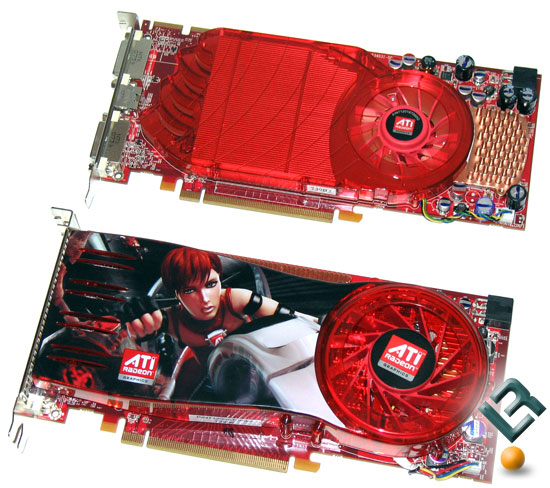ATI Radeon HD 3870 CrossFire Video Card Review
The Radeon HD 3870 Video Cards Arrive!
Last month, Legit Reviews benchmarked a pair of Radeon HD 3850’s on the day they were launched, but didn’t have a pair of Radeon HD 3870’s to include in the article. The Radeon HD 3850 video cards were impressive for what they could do at their price point and we were excited to see what the faster Radeon HD 3870 was capable of doing on the latest game titles. We have now received a pair of ATI Radeon 3870 graphics cards to test and compare to all the other cards we have on the test bench. Since we covered much of the new Radeon HD 3800 series architecture in our previous article, please reference it for the technical background on the cards features.

The Radeon HD 3870 is the same length as the Radeon HD 3850, but is has a dual-slot cooler on top to help keep the faster core and memory nice and cool. The cores on both cards are the same, but the Radeon HD 3870 is clocked at 777MHz. The Radeon HD 3850 core clock speed is 670MHz, so the Radeon HD 3870 has 107MHz core clock boost. The Radeon HD 3870 uses 512MB of 1.2GHz GDDR4 memory, which is an improvement over the 256MB of 900MHz GDDR3 that the Radeon HD 3850 has. The cooling fan on the ATI Radeon 3870 is obviously bigger than the Radeon HD 3850, and it is also louder. The acoustics on the Radeon 3850 is 31dBA compared to 34dBA on the Radeon HD 3870. In short, the Radeon HD 3870 has higher clock speeds and as a result has bigger and better cooling.

The display interface has a pair of dual-link DVI outputs with HDCP (HDMI + Audio with the adapter) and HDTV out. The hot air does vent out the rear of the video card, which is nice as you don’t want all the hot air from the video card to remain inside the case.

The Radeon HD 3870 has a peak board power of ~105W, which is a tad more than the ~95W on the Radeon HD 3850. Not bad though considering it has higher clocks, twice as much memory and a more powerful fan. ATI informed us that a 450Watt or greater power supply with 75 Watt 6-pin PCI Express power connector is recommended to safely use this graphics card.

The back of the card doesn’t have much to see, but you can see the dual CrossFire interconnects. To run CrossFire only one is needed, but for ATI CrossFireX you’ll need to use both. CrossFireX drivers will be out early next year, which means you can run four of these cards together at the same time! Let’s move on to the benchmarks!

Comments are closed.